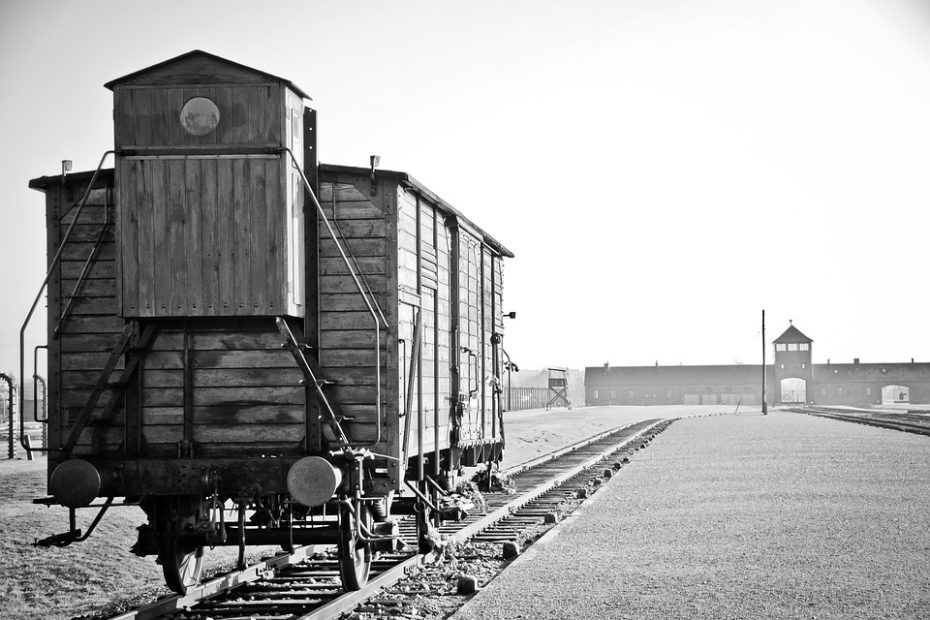Aside from the actual murders, this was the most lethal feature of the camps: that most prisoners could not accept the reality of what they saw, they could not reconcile the horror with life as they had once known it, and yet they could not deny the evidence of their senses. To such men, the camps lost all connection to life on earth and acquired a kind of metaphysical aura, the aura of being not human institutions in Europe, but “another world,” an impossible world, like a second, supernatural dimension of existence inconceivable in itself yet wiping out the first. The concentration camp seemed to its inmates to be a dimension which is at the same time a foolish nightmare and true reality; a dimension which cannot be, yet cannot be escaped; a dimension which is not, but which also, terrifyingly, is. It was a world of A and non-A.
By the nature of what went on behind the barbed-wire fences, the concentration camps to most inmates represented in essence, a universe which violates the basic law of existence, the Law of Identity.
